Expansion of Service Industries
The queue management system market is benefiting from the expansion of service industries, particularly in urban areas. As cities grow and populations increase, the demand for efficient service delivery becomes more pronounced. Industries such as hospitality, retail, and healthcare are expanding their operations to accommodate larger customer bases, necessitating effective queue management solutions. Recent statistics indicate that the service sector in the US has grown by 15% over the past two years, leading to a corresponding increase in the need for advanced queue management systems. This expansion is likely to drive further investments in queue management technologies, fostering growth in the market.
Growing Focus on Data Analytics
The queue management system market is increasingly shaped by the growing focus on data analytics. Businesses are recognizing the value of data-driven insights to enhance customer experiences and operational efficiency. By leveraging analytics, organizations can identify patterns in customer behavior, optimize staffing levels, and predict peak times. This analytical approach is becoming essential for businesses aiming to stay competitive in a rapidly evolving market. Recent studies suggest that companies utilizing data analytics in their queue management systems report a 25% improvement in customer satisfaction scores. As the importance of data analytics continues to rise, it is expected to play a pivotal role in the evolution of the queue management-system market.
Regulatory Compliance and Standards
The queue management system market is influenced by the need for regulatory compliance and adherence to industry standards. Various sectors, including healthcare and finance, are subject to strict regulations that necessitate efficient customer flow management. Compliance with these regulations often requires the implementation of advanced queue management systems that can track and manage customer interactions effectively. For instance, healthcare facilities are mandated to maintain patient records and ensure timely service delivery, which can be facilitated through robust queue management solutions. As regulatory pressures continue to mount, the queue management-system market is likely to see increased adoption of compliant technologies.
Increased Demand for Operational Efficiency
The queue management system market is driven by a heightened demand for operational efficiency across various sectors. Organizations are increasingly seeking solutions that minimize wait times and optimize resource allocation. This demand is particularly evident in industries such as retail, healthcare, and banking, where customer experience is paramount. A recent survey indicated that 70% of businesses in these sectors are prioritizing queue management systems to enhance service delivery. By implementing effective queue management solutions, companies can not only improve customer satisfaction but also increase their overall productivity. This focus on operational efficiency is expected to significantly contribute to the growth of the queue management-system market.
Technological Advancements in Queue Management
The queue management system market is experiencing a surge due to rapid technological advancements. Innovations such as cloud computing and mobile applications are enhancing the efficiency of queue management systems. These technologies allow businesses to streamline operations, reduce wait times, and improve customer satisfaction. According to recent data, the adoption of cloud-based solutions in the queue management-system market has increased by approximately 30% in the last year alone. This trend indicates a growing preference for flexible and scalable solutions that can adapt to varying customer demands. As businesses increasingly recognize the importance of efficient queue management, investments in advanced technologies are likely to continue, further propelling market growth.


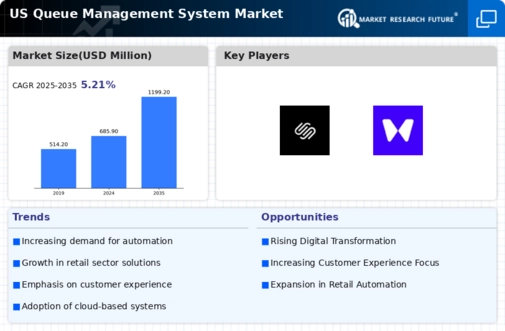
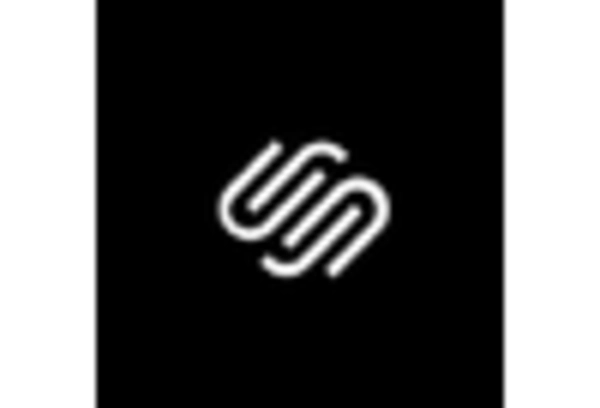
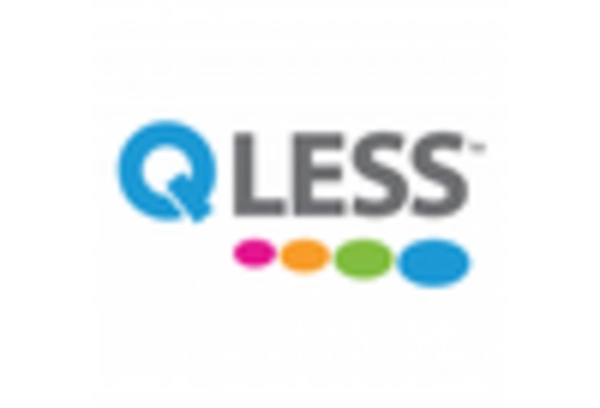
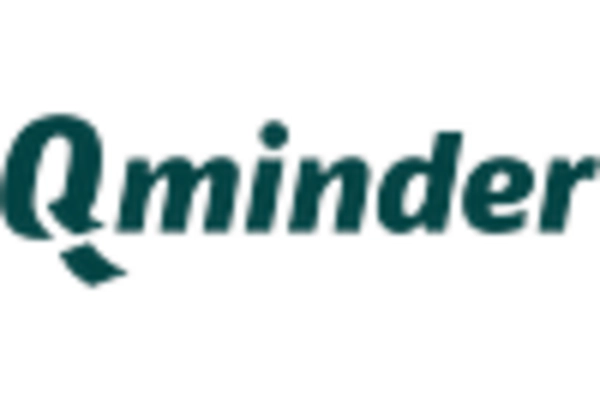
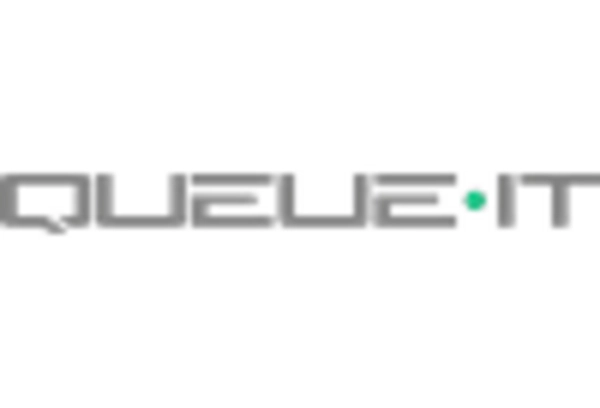
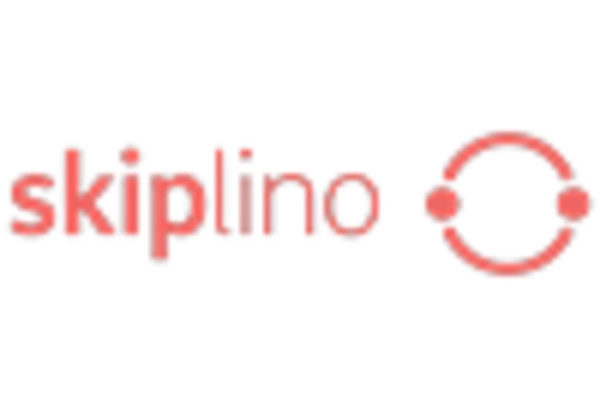
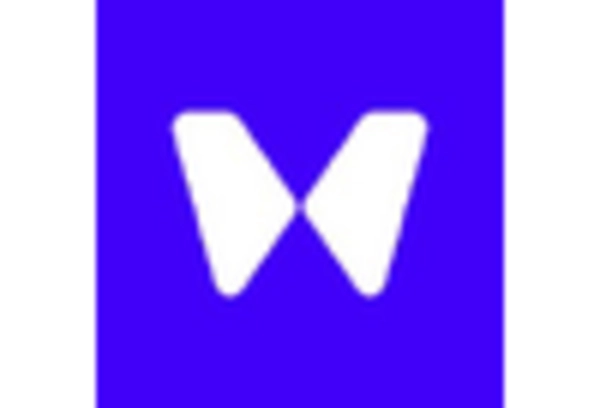








Leave a Comment